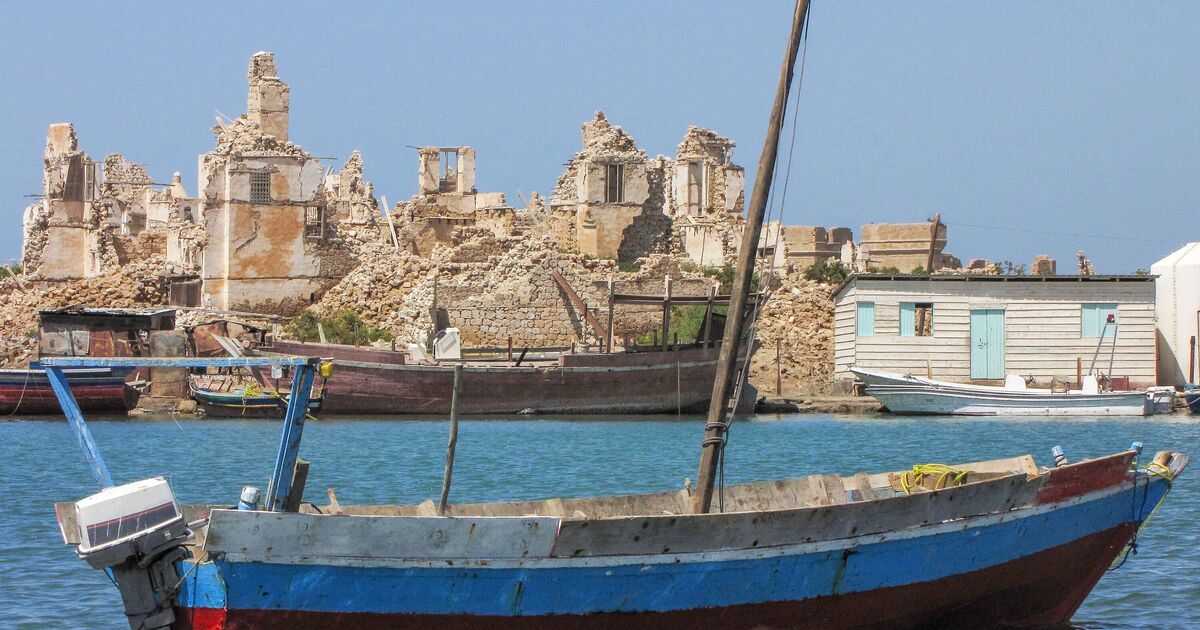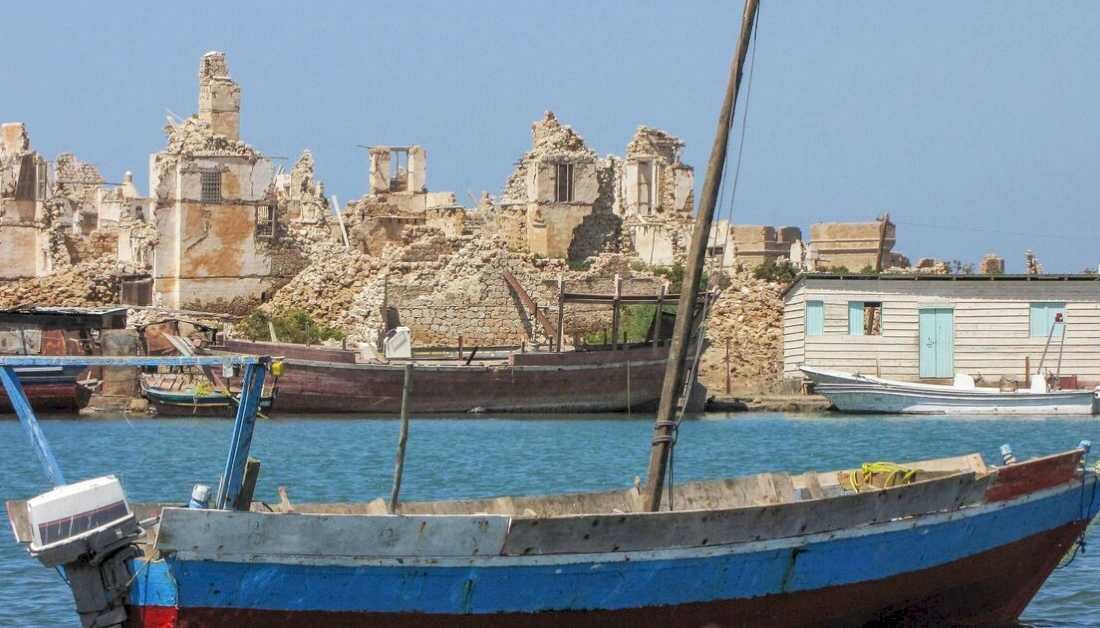
A once-prosperous town on Africa’s Red Sea coast now lies largely abandoned, with crumbling coral buildings the only trace of its wealthy past. Suakin, located in northeastern Sudan around 36 miles south of Port Sudan, was once one of the most important ports on the continent. Today, it is mostly deserted apart from a few tour groups and the occasional pilgrim ferry.
According to Britannica, the town rose to prominence in the 12th century and grew after the destruction of its rival port, Aidhab, in the 15th century. For hundreds of years, Suakin was the main crossing point for African pilgrims travelling to Mecca and a key hub for trade across the Red Sea. Its location made it ideal for merchants and travellers, and the town quickly developed into a big commercial centre. In its prime, it had more than 300 coral stone buildings, including palaces, offices, mosques and banks. These were built using carved coral from the sea, giving the town a distinctive appearance that led some to call it the “Venice of Africa”.
Trade in ivory, spices and gold brought great wealth to the town, which at one point was considered one of the richest in the world.
But as the ivory trade declined, so did Suakin. The collapse of its main industry had a knock-on effect, with agriculture, shipbuilding and other businesses also suffering.
In the 16th century, the town was taken over by the Ottoman Empire. Later, in 1821, it was leased to Egypt, which controlled it for much of the 19th century.
But by the 1920s, the newly built port at nearby Port Sudan had taken over as the main harbour.
Suakin was gradually abandoned, and coral reefs began to block parts of its old harbour.
The island part of the town is still connected to the mainland by a narrow causeway, but many of its buildings are now in ruins.
Dark tourism visitors can still see the remains of old homes and government buildings, many of them partially collapsed.
Photos show large sections of the town overgrown or eroded, with shattered doorways, fallen roofs and broken walls.
The once-busy port now sees little activity, though some boats still use it to transport pilgrims travelling to Saudi Arabia for Hajj.
The town is also surrounded by myths. Some local legends claim that King Solomon once used Suakin to imprison demons.
Others tell stories of ancient rulers who had hundreds of wives living in luxury across the settlement.
In recent years, the Sudanese government has taken steps to protect what remains of Suakin’s historic buildings. The site is now guarded and mainly visited by tourists.

